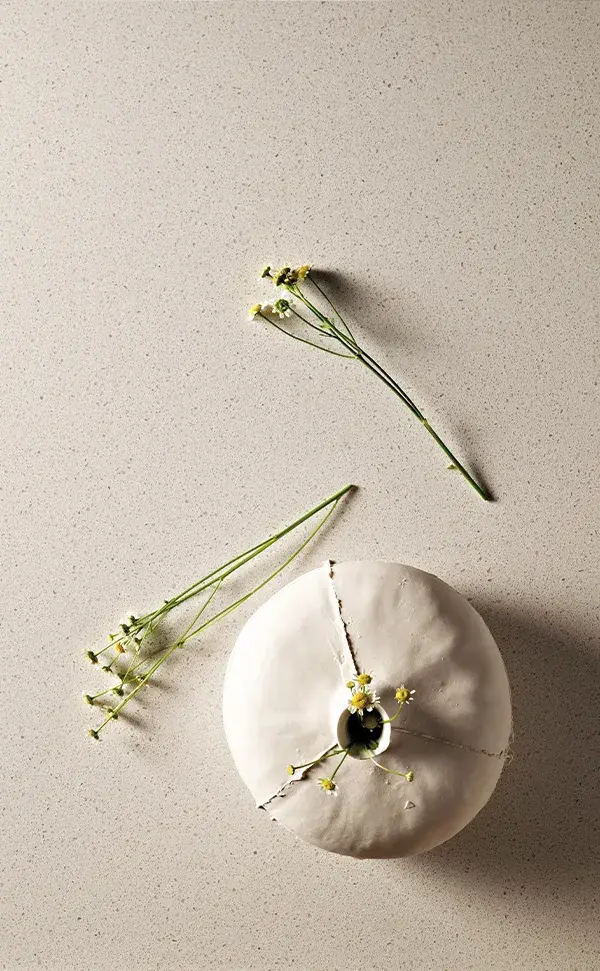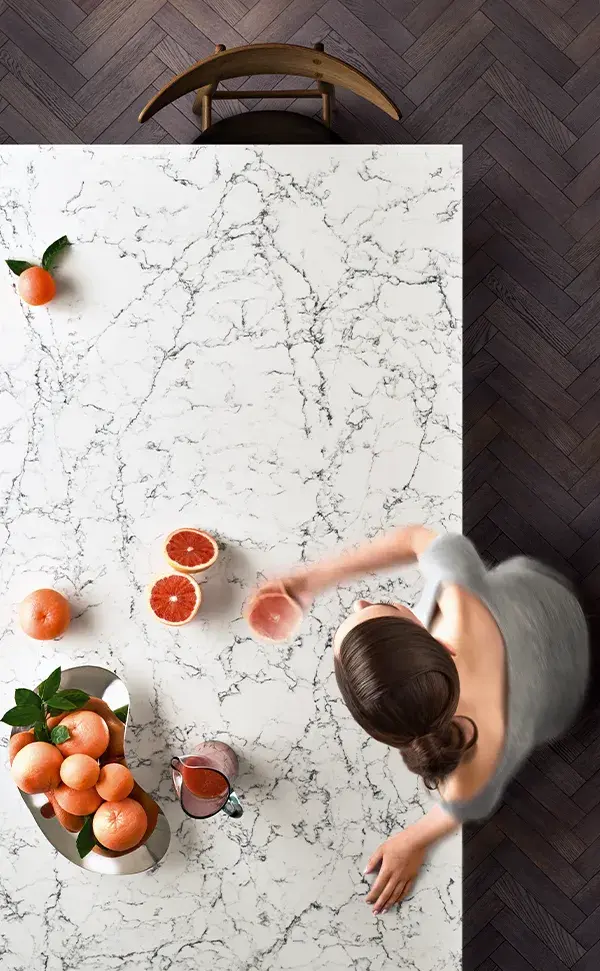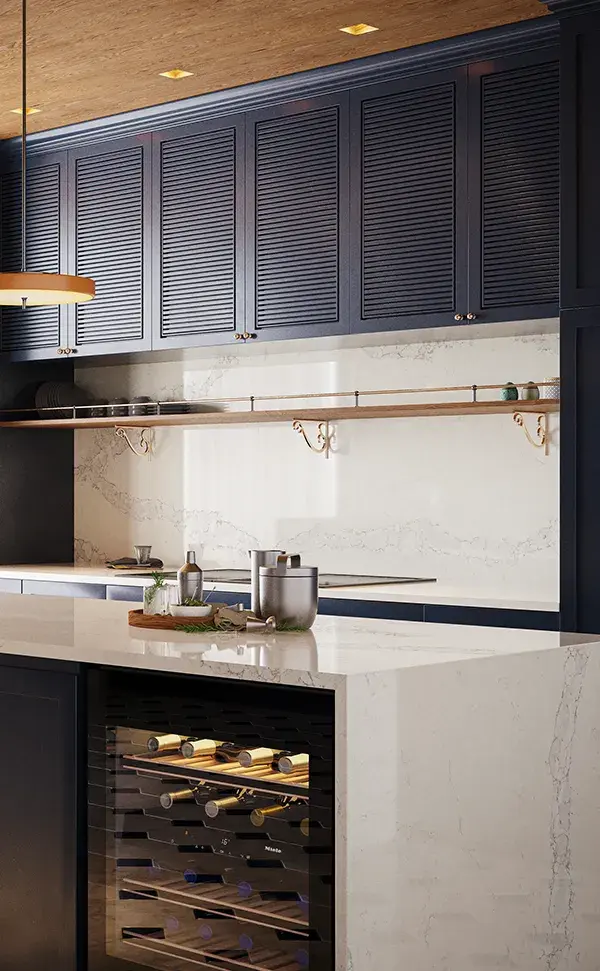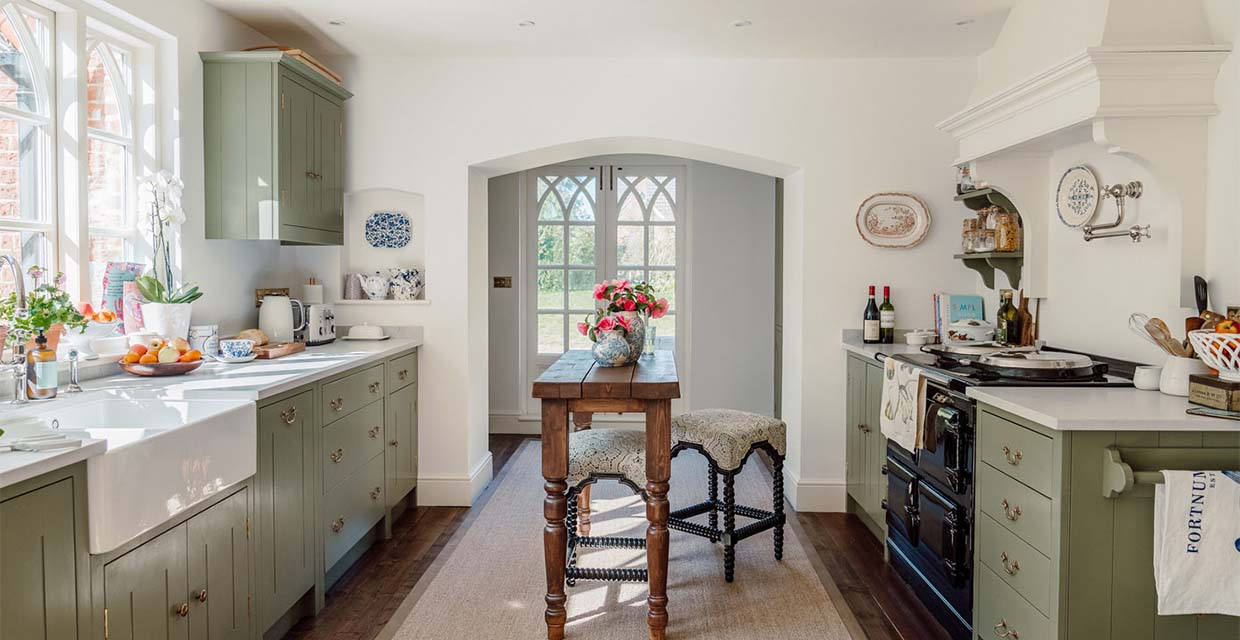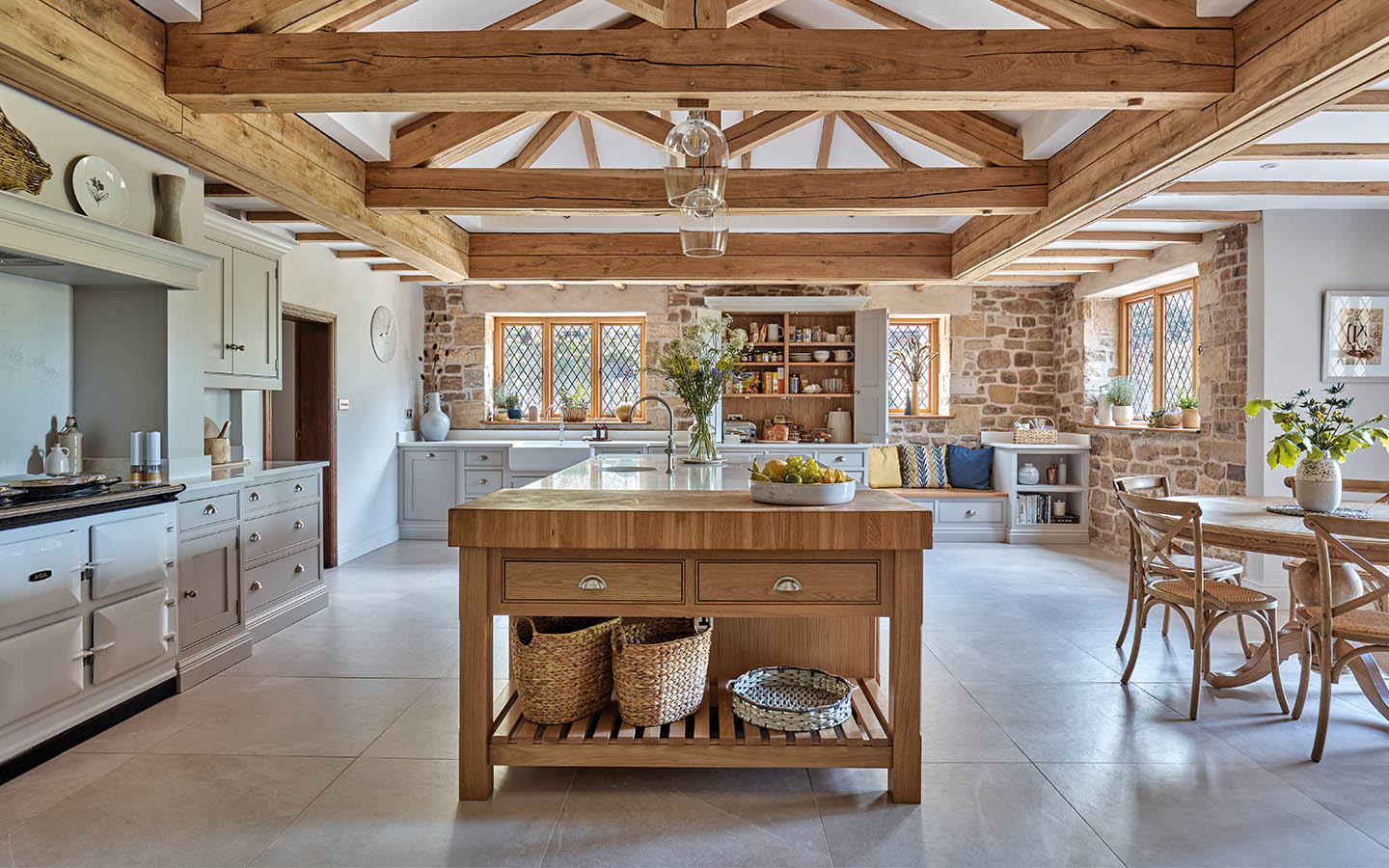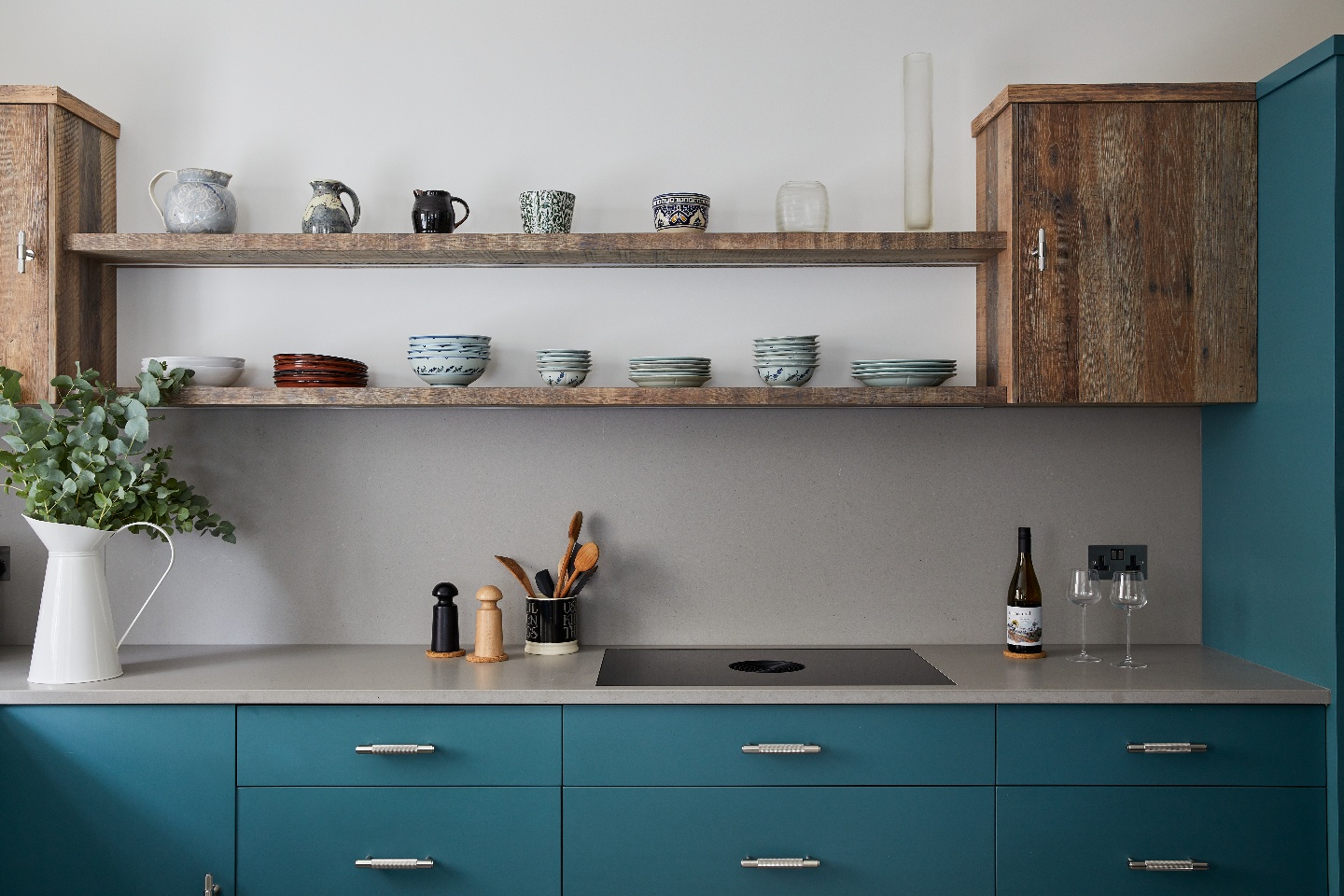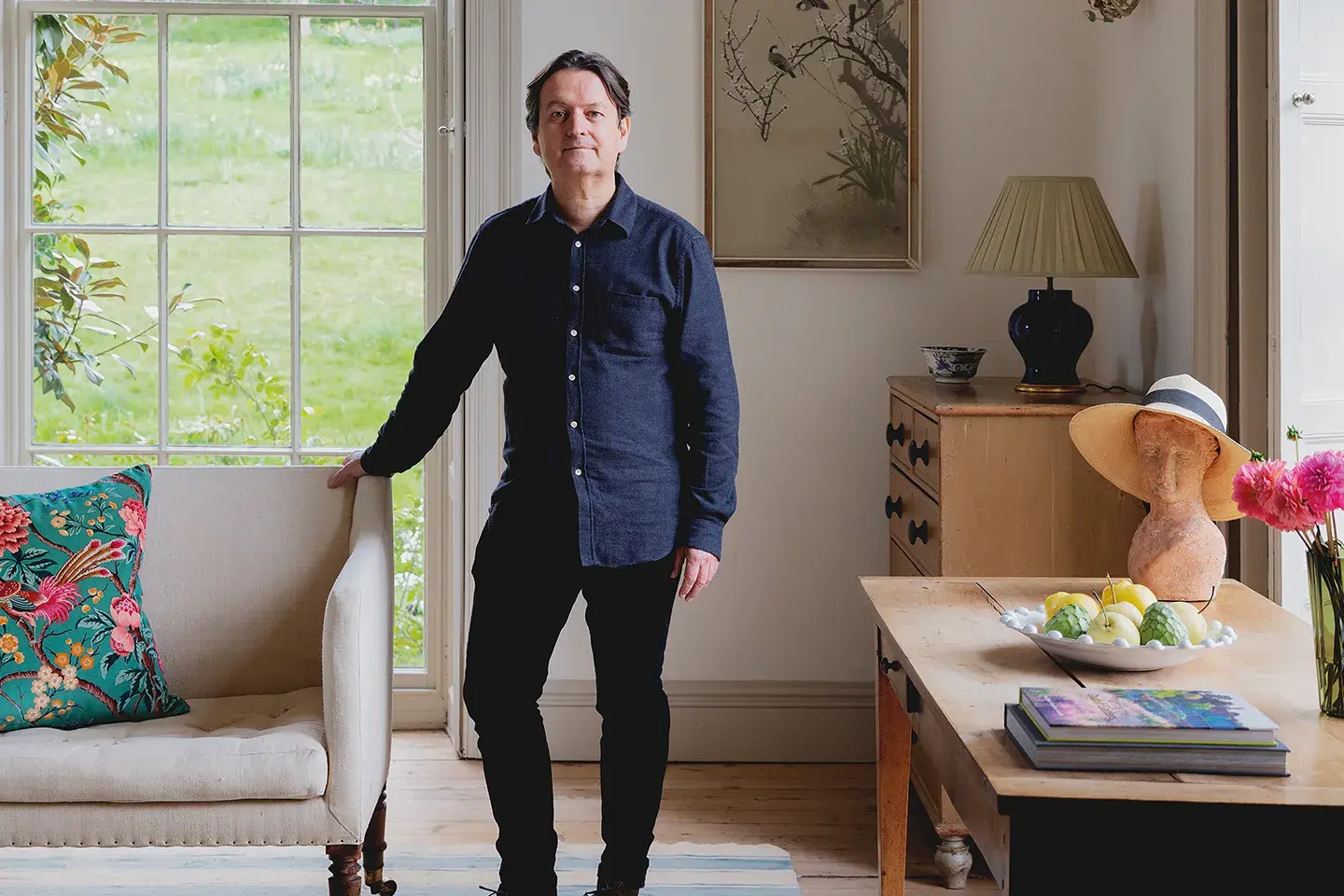
How Country Life’s Interiors Editor, Giles Kime and his wife Kate are using Caesarstone's London Grey surfaces in the restoration of their 17th-century cottage, creating a kitchen and bathroom with a timeless look and the benefits of 21st century luxury...
The reason the cottage we are restoring has survived for so long, in such remarkable shape, is thanks to the materials used to build it, in particular the oak beams used to form the frame core of the structure in 1630.
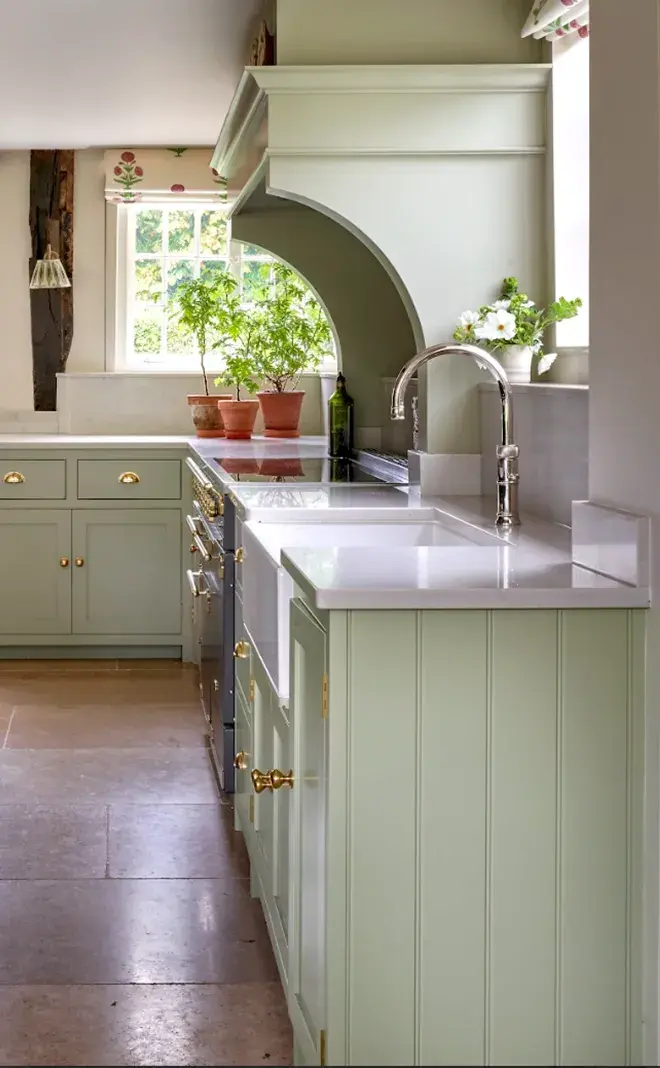
Pricing based on approximate cost of supply, fabrication and installation of Caesarstone product(s) when priced as a direct to consumer installation. May not reflect actual price paid.
Pricing based on approximate cost of supply, fabrication and installation of Caesarstone product(s) when priced as a direct to consumer installation. May not reflect actual price paid.
They are as good as new, an example of the benefits of high quality materials that have influenced the decisions we made when planning the first major changes since the 1950s, not least because we don’t want the expense or upheaval involved in changing the house again (or the detrimental effect that this would have on the environment). With this in mind, we’ve laid stone floors throughout, had timber windows made by a highly skilled local joiner and chosen Caesarstone's 5000 London Grey for both the kitchen and bathroom.
When investing in a space that will see so much daily use, we went in search of a beautiful and hardworking material that is not only hygienic and durable - but also non porous, low maintenance and resistant to both heat and stains such as red wine and lemon juice. Of all the surfaces we considered for this purpose Caesarstone won hands down; like so many of the most successful options for domestic interiors, it combines the strength and good looks of natural raw materials with the benefit of technical innovation that the company has been pioneering for over 50 years. When compared to timber and stone surfaces, Caesarstone is the only material that comes near.
Appearance was also of the utmost importance. When we found ourselves with an opportunity to transform a house that has been home to generations of farmers (and more recently wheelwrights and weavers) for almost 400 years, we felt it was important that our choices were sympathetic. But we haven’t set out to turn back the clock. Instead, we are combining the best of new and old. While we’ve installed some cutting edge technology, such as an innovative underfloor heating system, insulation and a bioethanol fire, the period look is being achieved through colour and texture, an area where Caesarstone excels, from modern finishes that create a crisp, contemporary look to those with the warmth and visual interest of carved stone.

We’ve chosen London Grey because it has the perfect subdued tone for the simple, sympathetic look we want to achieve. The kitchen we are planning will be shaker-inspired to create a timeless look. The cabinetry will be painted in Farrow & Ball’s French Gray and the island in Mahogany. We chose the latter to reflect the large amount of dark posts and beams. Our builders created a steel frame that will support this part of the house, which was originally a cattle shed and not as well constructed as the heart of the cottage.
In the Victorian period, the cattle shed was converted into living space with a workshop upstairs where we have created a bedroom with an ensuite. Having fallen in love with Caesarstone’s London Grey, we were keen to include it in our plans for our bathroom, around the bath and also around the double vanity unit. We had previously specified marble for another bathroom and as a porous material, it was extremely time consuming to maintain, becoming discoloured and losing its smooth finish.
Much of the focus of this project was also on sustainability; we have made the new spaces as thermally efficient as possible and chosen appliances that are energy efficient. In everything we have specified, the capacity for longevity has been of vital importance. You only need to visit a local recycling centre to see the problem of inbuilt obsolescence. Yet take care in the choices you make and longevity becomes a realistic goal; any historic house reveals that quality was once woven into the warp and weft of manufacture and it created interiors that last. With the benefit of a lifetime warranty, Caesarstone offers the chance to create a kitchen with a capacity to last for a generation, if not two.
Caesarstone available from £2,000 incl. VAT
Get a quote from a recommended fabricator in your area
Get a quote